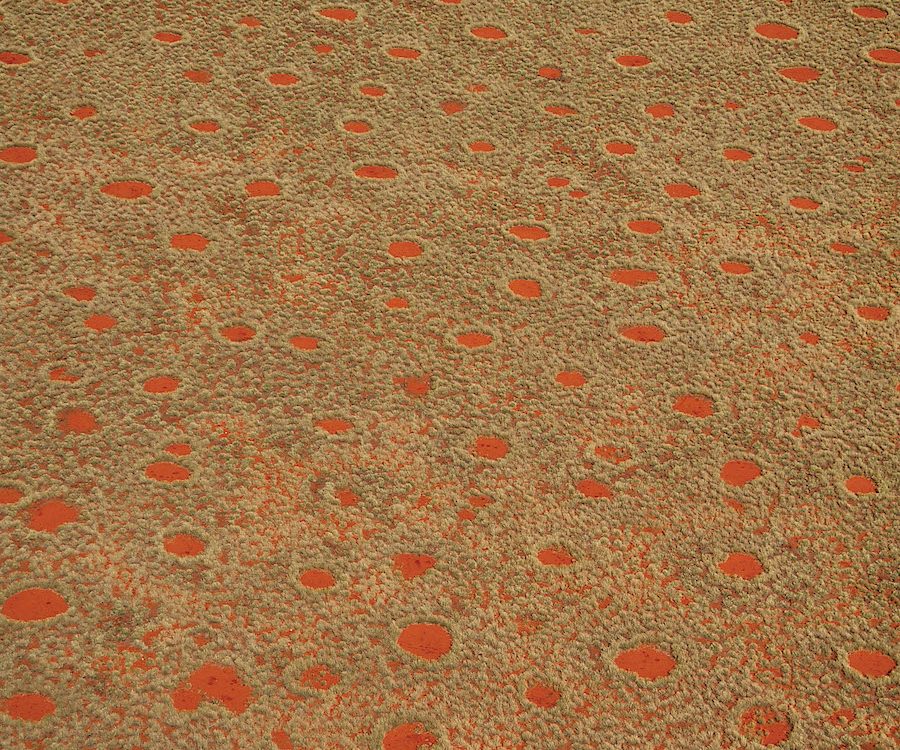
Chalcedony
April 27, 2017
Seven worlds in seven days
May 2, 2017Text Edward Jenkin | Photo Hannes Brunner
This is the sixth in a series of articles about gemstones found in Namibia. Lustre is a measure of the amount of light reflected off a surface. Among gemstones, diamonds possess the highest lustre, and are categorised as adamantine. Other categories include vitreous, resinous, pearly and silky.
The garnet family includes a host of variations, distinguished by the chemical composition of the crystals and found in all colours except blue. Classified as vitreous, garnets are second only to diamonds in lustre. The orange variation, spessartine garnet, is relatively uncommon. Gem-quality spessartine is known as spessartine.
First discovered in 1832 near Spessart in north-western Bavaria, spessartine may appear in a well-defined crystal form, or as a nodule on host material. Found in many areas of the world, the stone usually appears in small deposits of only a few carats, and was long discounted as ‘just another garnet’. It was following the discovery of new deposits in Nigeria that the value of spessartine gems skyrocketed. To date the largest deposits have been found in Nigeria.
However, some of the biggest and best examples of spessartine have been mined in northern Namibia, near the confluence of the Marienfluss and Kunene rivers. Stories abound of gem prospectors braving the crocodile-infested waters of the Kunene in search of these brilliant orange stones.
The Namibian stones, up to 2.5 centimetres in length, are an exceptional, brilliant orange colour. The term ‘mandarin garnet’ was coined to describe the largest faceted stones, up to 20 carats long, and considered to be in a class of their own. Most of the so-called ‘mandarins’ were discovered from 1989 to 1993. Today the largest stones tend to be five carats or less.
Garnets have a long history with human societies, dating back to the Bronze Age. Crusaders believed these gemstones could stop bleeding and provided protection against wounds, so they affixed them to their shields and armour. It is said that the fourth Heaven of the Koran was made of garnets. Buddhist and Hindu societies believe the stones help to enlighten the soul and give wisdom.
Garnets have been described as, ‘the stone of romantic love and passion’. They are said to perpetuate friendship, to help widows recover from the grief of loss, and to protect those journeying far from home. Noah supposedly steered the ark at night by the light of a large garnet.
It’s easy to understand how such superstitions developed. A Namibian gem dealer described the experience of picking up a large, uncut mandarin in a room with low artificial light. “It looked as though I was holding a piece of glowing coal,” he said.

This article was first published in the Flamingo February 2011 issue.


